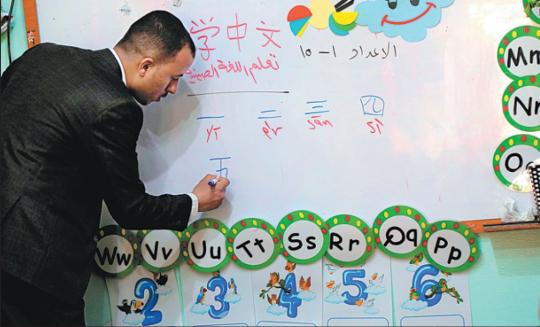Chinese culture that goes beyond borders
 0 Comment(s)
0 Comment(s) Print
Print E-mail China Daily, June 22, 2021
E-mail China Daily, June 22, 2021

Globally, more than 20 million people in more than 180 countries and regions are learning Chinese, according to a report released in June by China's Ministry of Education. More than 70 countries have incorporated Chinese-language courses into their national education systems. Chinese has become an official language of the United Nations World Tourism Organization since Jan 25.
Chinese-language tests have also proliferated in recent years. Forty million Chinese-language tests including HSK(Chinese Proficiency Test) and YCT (Youth Chinese Test) were sat in the 13th Five-Year Plan (2016-20) period, the Ministry of Education says.
Liang Haoguang, executive director of the China Academy of the Belt and Road Initiative, says that with China's continuing economic growth and increasing international influence, more and more foreigners see Chinese in the context of its place in the vast market that is China.
Demand for those who have mastered the language is growing, Liang says.
"An increasing number of Chinese companies are investing in countries that are part of the BRI, and they crave those who can speak and write Chinese. This alone provides many career opportunities.
"Moreover, with closer trade ties between China and those countries, local companies also need (foreign) employees who know Chinese."
With globalization a new trend is appearing, Liang says.
"The BRI has facilitated cultural exchanges between China and other countries, which motivates more and more foreigners to learn the language not only for financial reasons but also out of curiosity about a different culture. This makes Chinese an alluring option when they choose to learn a second language."






Go to Forum >>0 Comment(s)